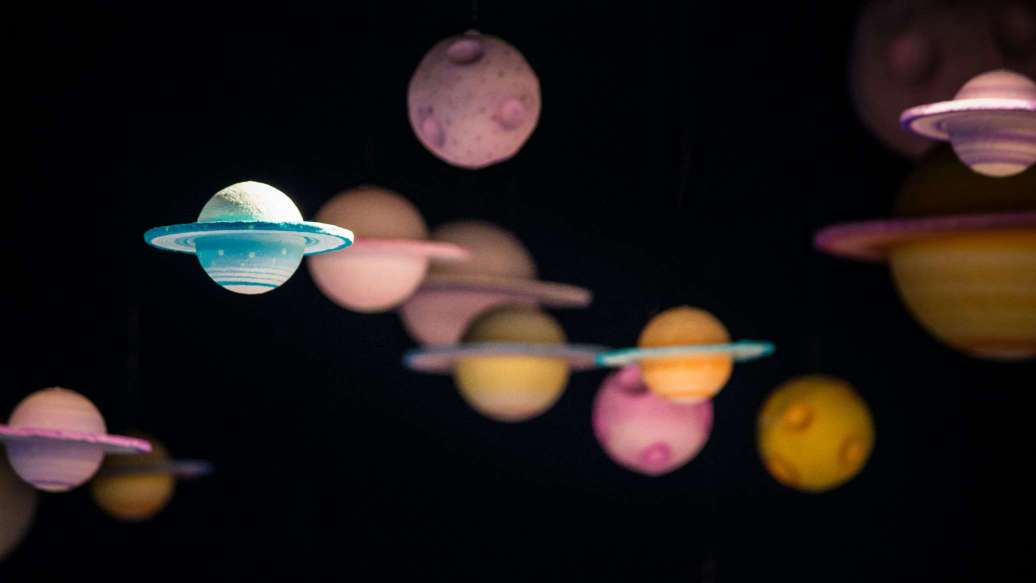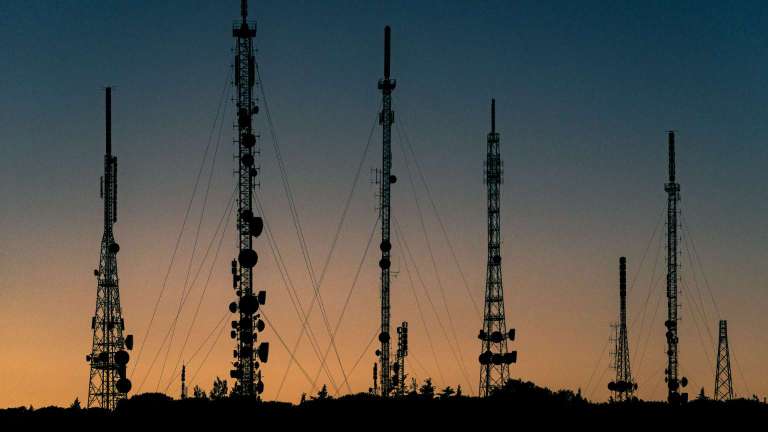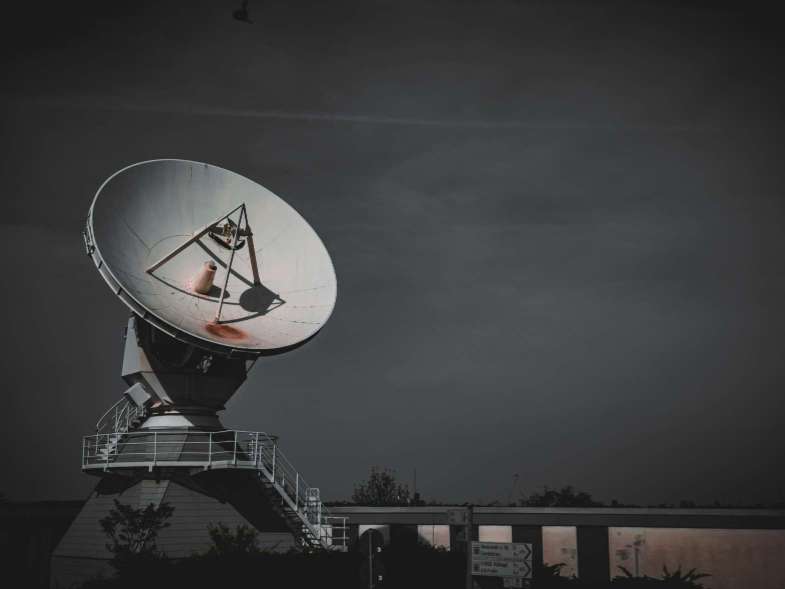AI and Space Exploration: Enhancing Missions with Intelligent Systems
7 min read
15 Aug 2024
Artificial Intelligence (AI) is revolutionizing space exploration by enabling intelligent systems to enhance mission planning, navigation, and scientific discovery. This article explores the pivotal role of AI in advancing space missions, from robotic exploration to manned missions to distant planets and beyond.
Autonomous Spacecraft Operations
AI-powered autonomous systems enable spacecraft to operate independently during long-duration missions, overcoming communication delays with Earth. Machine learning algorithms optimize spacecraft navigation, trajectory adjustments, and scientific data collection based on real-time environmental data and mission objectives. Autonomous capabilities reduce human intervention, enhance mission efficiency, and enable rapid response to dynamic conditions in deep space exploration.

Data Analysis and Remote Sensing
AI enhances data analysis and remote sensing capabilities by processing vast amounts of satellite imagery, sensor data, and telemetry. Machine learning algorithms detect anomalies, classify geological features, and identify potential landing sites for planetary exploration missions. AI-driven image recognition and pattern recognition algorithms enable scientists to analyze complex data sets, uncover hidden patterns, and make informed decisions in real-time during space missions.
Robotic Exploration and Astronaut Assistance
AI-powered robotic explorers and assistant systems support astronauts by performing hazardous tasks, conducting experiments, and maintaining spacecraft systems in harsh environments. Robots equipped with AI capabilities navigate planetary surfaces, collect samples, and assist in scientific research, extending human reach and capabilities beyond Earth. AI-driven systems enhance safety, efficiency, and productivity in space missions, enabling collaborative exploration of distant celestial bodies and habitats.
Space Mission Planning and Optimization
AI optimizes space mission planning by predicting orbital mechanics, optimizing launch windows, and mitigating risks associated with interplanetary travel. Reinforcement learning algorithms enable spacecraft to adapt to unforeseen challenges, execute complex maneuvers, and optimize resource allocation during long-duration missions. AI-driven simulation models simulate mission scenarios, evaluate potential outcomes, and inform decision-making processes for mission planners and space agencies.
Challenges and Innovations
AI in space exploration faces challenges such as reliability in extreme environments, data interoperability across space agencies, and ethical considerations in autonomous decision-making. Innovations in AI hardware, software resilience, and adaptive learning algorithms aim to overcome these challenges, ensuring robust performance and safety in space missions. Collaborative efforts between researchers, engineers, and space agencies drive advancements in AI technologies for space exploration, paving the way for future missions to explore new frontiers and expand humanity's understanding of the universe.
Future Prospects
The future of AI in space exploration will likely see advancements in autonomous systems, human-robot collaboration, and AI-driven scientific discoveries. Innovations in AI-powered space habitats, resource utilization, and sustainable exploration technologies aim to support long-duration missions and establish sustainable presence beyond Earth. AI's role in space exploration continues to evolve, shaping the future of interplanetary exploration and enabling transformative discoveries that redefine humanity's relationship with the cosmos.
In conclusion, AI is transforming space exploration by enhancing mission capabilities, enabling autonomous operations, and advancing scientific discoveries in the cosmos. By harnessing AI technologies responsibly and innovatively, space agencies and researchers can unlock new frontiers, expand human knowledge, and pave the way for future generations to explore and inhabit distant celestial bodies.
More Articles

Space Tourism: Are You Ready for Your Trip to Space?
6 min read | 16 Aug 2024

Exoplanet Exploration: Discovering New Worlds Beyond Our Solar System
7 min read | 15 Aug 2024

Astrobiology: The Science Searching for Extraterrestrial Life
5 min read | 14 Aug 2024

Space Technology: The Final Frontier of Innovation
5 min read | 13 Aug 2024
More Articles

Wireless Communication: The Future of Connectivity
5 min read | 22 Aug 2024

Mobile Network Operators (MNO): The Giants Behind Your Mobile Service
4 min read | 21 Aug 2024

Satellite Communications: How They’re Changing Global Connectivity
5 min read | 20 Aug 2024

Optical Fiber: The Backbone of Modern Communication
4 min read | 19 Aug 2024
